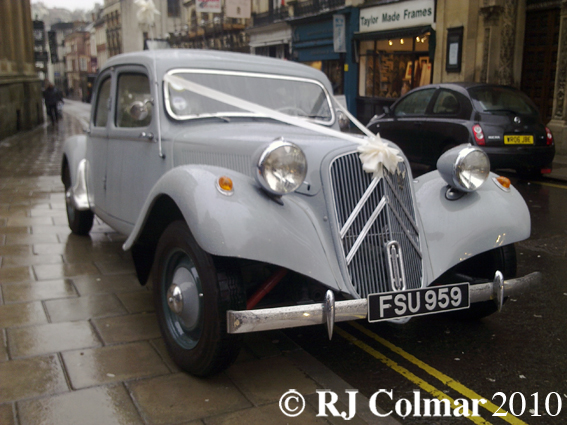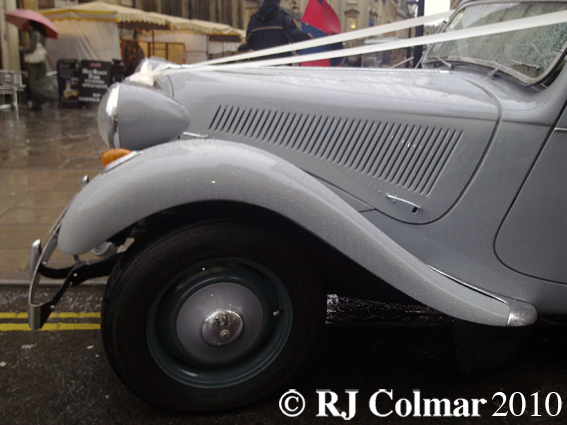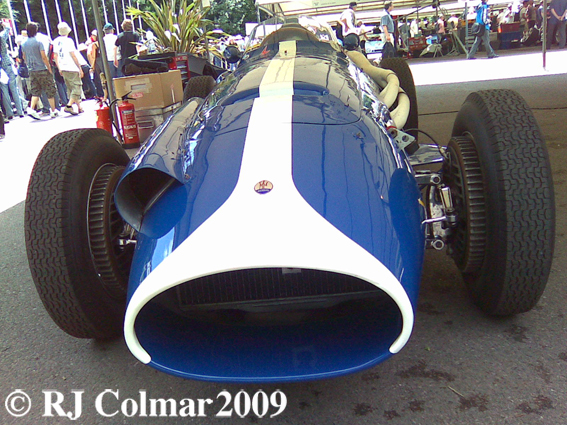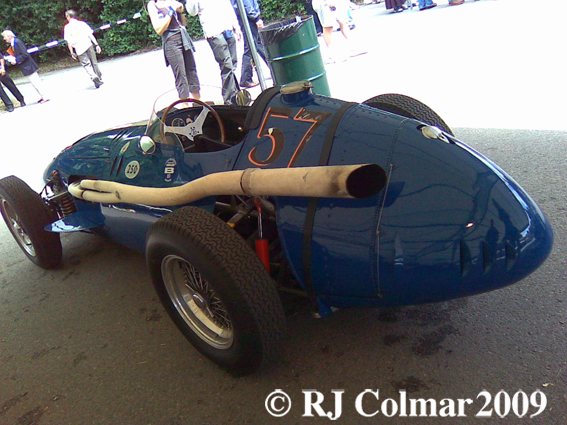I don’t propose to post photos of cars used at Weddings every Saturday but I thought I’d give today’s blog a topical theme, though I suspect the summer wedding season is probably already over.
Most of the photo’s I have taken of cars used at weddings are not even taken on a Saturday, this is because just down the row of buildings from my city centre bank is an old court house that has been rebranded as a Registry Office. The City centre location is of course used for weddings 6 days a week though as can be seen from these photo’s the location is not without a few ‘parking issues’.
The Citroen Traction Avant is probably most famous as being the car that the cartoon detective Tintin used in the, now deemed less than politically correct, series of stories by Belgian artist Georges Rémi who published his work under the nom de plume Hergé.
The Citroen Traction Avant Garde was a revolutionary vehicle for it’s time, which spanned 1934 -1957, it was the worlds first front wheel drive steel monocoque production car, setting a trend that is almost ubiquitous for passenger vehicles 76 years later.
The construction without the hitherto universal separate chassis was available with a variety of 4 and 6 cylinder engines from 1.3 litres / 79.5 CUI up to 2.9 litres / 176 CUI which sit behind the gearbox driving the front wheels, optimising the weight distribution on the independently sprung wheels.
There were plans to build a 3.8 litre / 231 CUI V8 version of the Traction Avant featuring an automatic transmission with a torque converter, similar to that later employed in the GM Dynaflow transmission, however after 20 prototypes had been built Citroen had gone bankrupt and Michelin who bought the company to primarily test its tyre and other rubber products cancelled the project.
In 1954 a Traction Avant was used to test the self levelling hydropneumatic suspension of the later equally revolutionary Citroen DS which would eventually replace the Traction Avant series in 1955. 759,111 of these vehicles were built in Paris (France), Forest (Belgium), Cologne (Germany) and Slough (England)
Best wishes to anyone who is getting married to day, hope you have enjoyed my first week as a blogger as much as I have, I look forward to to hearing from you all, ‘y’all come back now ! Hear !.’









